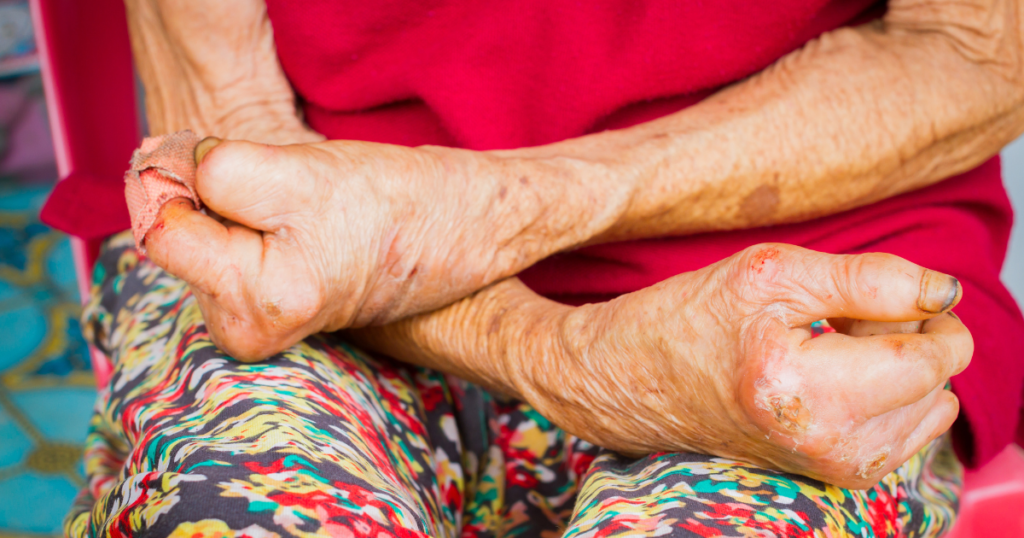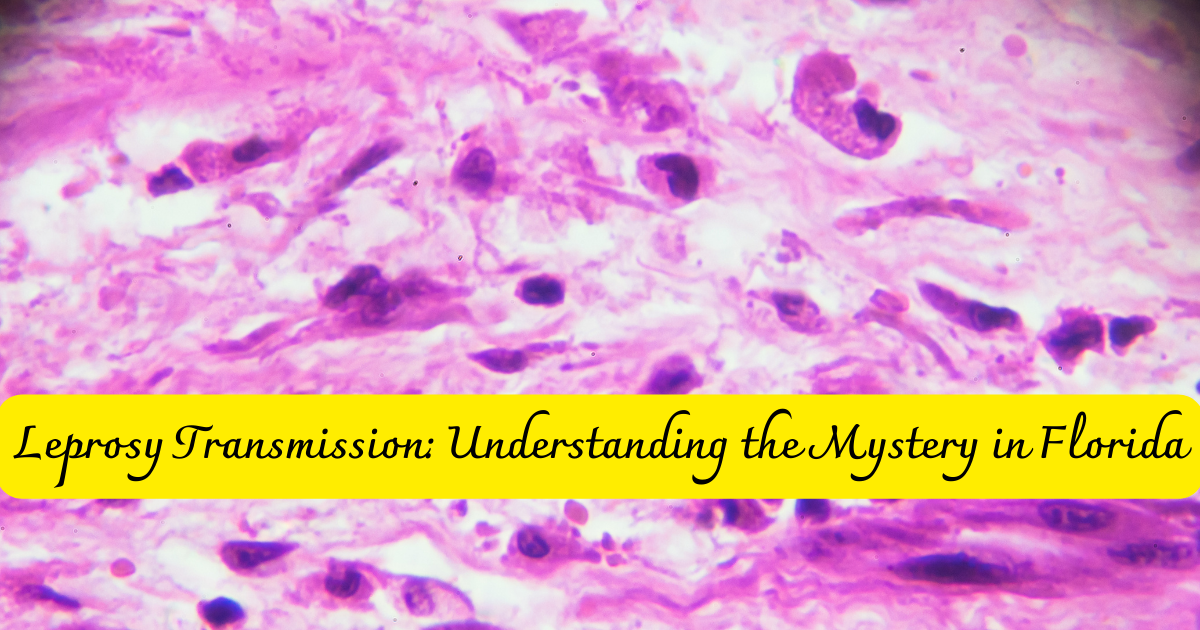Introduction:
Leprosy, also known as Hansen’s disease, has been making headlines in Florida and the southeastern United States with a significant surge in reported cases over the past decade. A recent report published in the Centers for Disease Control and Prevention’s journal, Emerging Infectious Diseases, reveals that leprosy cases have doubled in the region. Central Florida, in particular, has witnessed a disproportionately high number of cases, hinting at the possibility of leprosy becoming an endemic condition in the area.

Understanding Leprosy:
Leprosy is a rare bacterial infection that primarily targets the nerves and causes swelling under the skin. While scientists have not pinpointed its exact mode of transmission, they believe it may spread through respiratory droplets during prolonged close contact with an infected person. Additionally, contact with naturally infected armadillos might also play a role in transmission.
Cases in Florida:
Central Florida has emerged as a hotspot for leprosy cases, accounting for 81% of reported cases in Florida and nearly one-fifth of cases nationwide. Surprisingly, some individuals affected by leprosy have had no known contact with infected animals or people and have not traveled to countries where the disease is more common.
Symptoms and Diagnosis:
Leprosy can manifest as pigmented, scaly skin lesions that might resemble a rash, but the key distinguishing factor is the loss of sensation in the affected area. Disfiguring nodules on the face and hands can also be signs of the disease. Early diagnosis is crucial, as nerve damage from untreated leprosy can lead to paralysis and permanent disability.

Treatment and Prevention:
Fortunately, leprosy is treatable with a combination of antibiotics over one to two years. Timely intervention can prevent severe complications and mitigate the long-term effects of the disease. Health professionals are advised to consider leprosy as a potential diagnosis for patients who have spent time in Central Florida, even in the absence of other risk factors.
Conclusion:
The recent rise in leprosy cases in Florida calls for heightened vigilance and awareness among healthcare providers and the public alike. Early detection, prompt treatment, and preventive measures can effectively curb the spread of leprosy and protect the well-being of affected individuals. By staying informed and proactive, we can work together to combat this ancient disease and ensure the health and safety of our communities.

